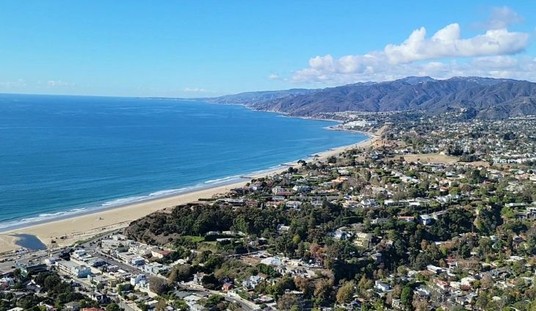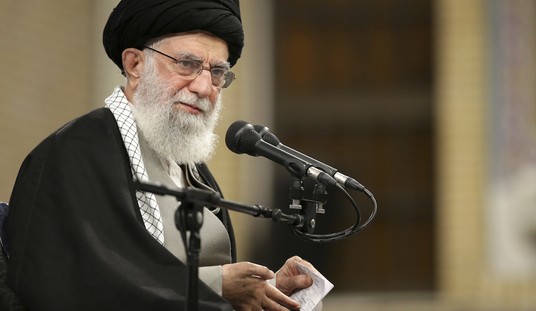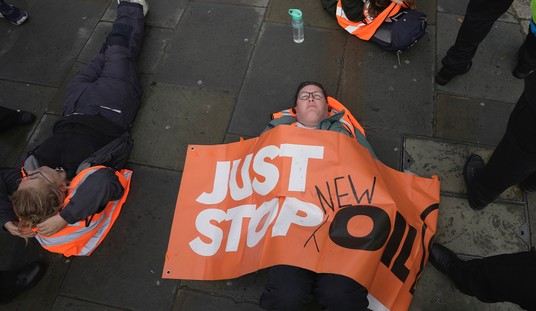For some years now the City of Los Angeles has been making admirable gains in terms of combatting gang violence. While nowhere near being eliminated entirely, gang activity and organized, violent crime are down considerably from the 80s and 90s when such problems reached epic proportions. One way the city clamped down on such organized crime was through the use of what are known as gang injunctions. These would target specific groups of individuals in particular communities who were known associates of organized gangs. Restrictions were placed on how and where they could gather, curfews were imposed and plenty of random searches were conducted.
Unfortunately, some of those practices were deemed to have gone too far and a federal judge recently told the city that they would need to either scrap the gang injunctions entirely or go back to the drawing board and start over. Complaints had been raised over rules regulating gathering places, the wearing of gang colors and other activities which, if performed by other, law-abiding citizens would be perfectly legal. It’s a complicated legal mess to be sure, but I was somewhat surprised to see that even the editorial board of the Los Angeles Times was urging the cops to fix the injunctions rather than abandoning them entirely.
The court did not bar gang injunctions, which can be crafted with sufficient care and creativity to respect the constitutional rights of innocent people while still protecting communities from thuggish gang behavior. The task is to see the injunctions as the useful tools they can be, and not as what they too often became — a policing shortcut and a weapon of oppression against individuals that restricted their behavior based not on what they did but on who they were.
Gang injunctions were pioneered by Los Angeles County officials but mushroomed under their L.A. city counterparts in the 1980s and 1990s during a historic increase in deadly youth violence.
There is no reason for the city not to keep its crime-fighting tools well honed and up to date.
There’s some sound advice there, but it might even go too far in sweating out the privacy rights and other concerns of people who have been identified as gang members but not yet convicted. Sometimes the police simply need to go with the obvious solution and follow the evidence.
If LA is seriously considering dumping the injunctions altogether, they should first look at the results achieved in New York City over the past few years. As has been widely reported, they’ve got their murder rate down to an astoundingly low level and their gang problems have been largely blunted. As this New York Times report from January of 2017 revealed, that success story came largely from “targeted enforcement” methods which focused police resources on the worst gang areas.
Scores of gang takedowns this year, resulting in about 900 arrests, took violent people off the streets and made it more costly to engage in gang-related crimes, police officials said.
“Precision policing targets those people who are responsible for the violence, which in a significant amount of cases are gangs,” said Stephen P. Davis, the department’s chief spokesman. “By going after the gang members, arresting them, we recognize the resultant reduction in violence.”
There’s no avoiding the federal order handed down to the LAPD. Clearly, some of the rules which had been put in place failed to pass constitutional muster and need to be adjusted to satisfy the courts. But at the same time, Los Angeles risks losing all of the good progress they’ve made over the past couple of decades if they close up shop entirely when it comes to managing the gangs. New York City might provide an excellent example of how to properly craft their injunctions and focus their efforts to comply with the law but still make life too unpleasant for gang members to freely operate.








Join the conversation as a VIP Member